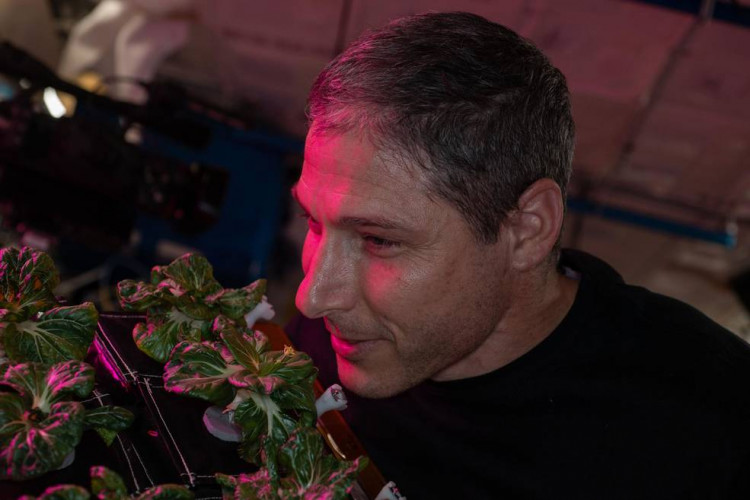As the National Aeronautics and Space Administration plans long-duration flights to the moon and Mars, one critical aspect is determining how to feed crews in space for weeks, months, and even years.
Food for crews on the International Space Station is often pre-packaged, needs routine resupply via cargo spacecraft, and degrades in quality and nutrition after about 18 months.
But what if astronauts could grow some of their own food in space? Researchers on Earth and crews onboard the ISS are testing various crops and equipment to see if the plan can succeed.
NASA hopes to successfully grow new, pick-and-eat crops that are simple to grow and do not necessitate a lot of extra equipment or valuable electrical power.
That's exactly what happened in March when NASA astronaut Mike Hopkins showed off the pak choi he'd been growing aboard the ISS since early February.
Aside from ensuring that astronauts consume healthy food, Hopkins has also said that space-based plants provide a "connection to Earth."
"The look, feel, taste, and smell all remind us of life on Earth, and that connection is good for our mental health," Hopkins said.
The current Expedition 64 crew has also grown two crops of radishes, one of which was devoured by the astronauts at the end of last year.
Hopkins also tried out a new seed film developed at NASA's Kennedy Space Center in Florida. The seed film allows the lettuce to be planted in orbit rather than the traditional process, which involves researchers on the ground planting the crops before their delivery to orbit. Both experiments began on Jan. 4 and were harvested in early February.
It is hoped that astronauts on long flights would be able to eat comfort foods as well. Pizza, for example, has already been made and consumed in space, and a special space oven has been used on the ISS to bake some tasty cookies.
Hopkins, along with SpaceX Crew-1 members Victor Glover, Shannon Walker, and Soichi Noguchi, has been living and working on the ISS since November. The crew arrived at the orbital outpost on a SpaceX Crew Dragon, the company's first full-fledged flight to the station, and their replacements arrived just last week on Crew-2.
Crew-1 will return to Earth on Saturday (May 1), a few days later than their original April 28, plan due to weather at their splashdown site.




